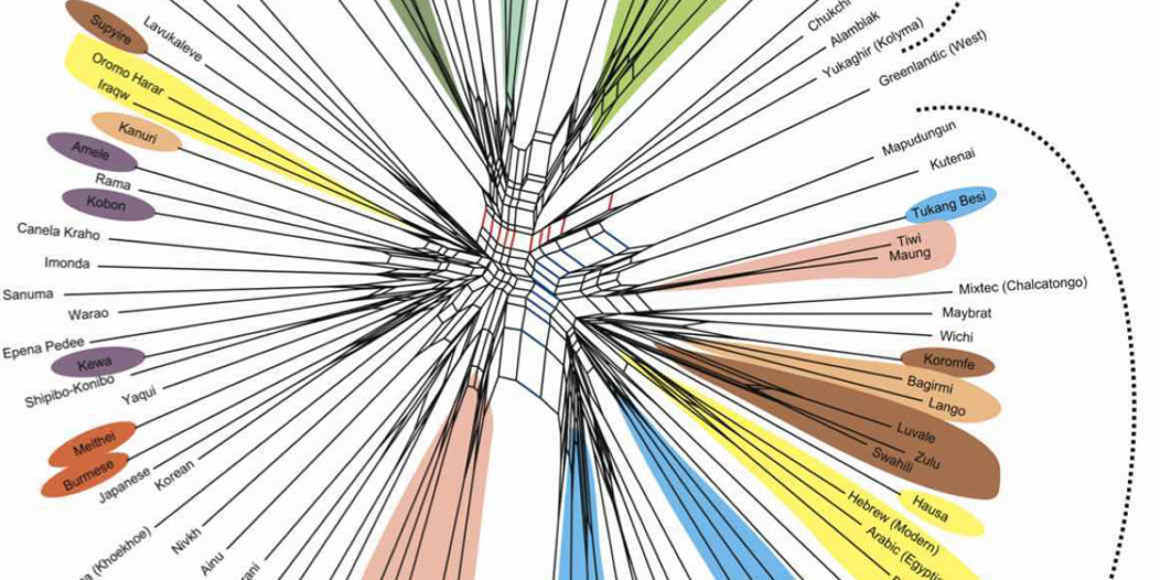Language evolution
Are you interested in how linguists and evolutionary biologists can work together to analyse patterns of language change? A cross-disciplinary research team
Content navigation
Description

Are you interested in how linguists and evolutionary biologists can work together to analyse patterns of language change? A cross-disciplinary research team will be presenting two short talks on recent work applying evolutionary models to rapid change in an Australian language. These talks will be presented at NWAV47 later this month. We would appreciate any feedback from linguists, biologists or anyone else!
11:00 Birth of a contact language did not favour simplification
Felicity Meakins, Xia Hua, Cassandra Algy, Lindell Bromham
This study represents an innovative modification of the Wright-Fisher population genetics model to investigating temporal change in linguistic data. We report on the rapid birth of a new language in Australia, Gurindji Kriol, from the admixture of Gurindji and Kriol. We use data from 78 speakers coded for their use of Gurindji, Kriol and Innovative variants across 120 variables (with 292 variants). We track changes in variant use over three generations of Gurindji people. We show that the adoption of variants into Gurindji Kriol was not random, but biased towards Kriol variants and Innovations. This bias is not explained by simplification, as is often claimed for contact-induced change. There is no preferential adoption of less complex variants and, in fact, complex Kriol variants are more likely to adopted over simpler Gurindji variants.
11:30 New methods for measuring coherence: A case study from northern Australia
Xia Hua, Felicity Meakins, Cassandra Algy, Lindell Bromham
Sociolinguists have long demonstrated how variation in a speech community indexes social categories such as age, gender, social class and ethnicity. Most analyses have been based on the indexical nature of individual variants, however some studies have also examined whether clusters of variants co-occur in speech of individuals of particular social categories, i.e. linguistic coherence. Few studies show strong support for linguistic coherence, which we suggest may be the result of the limited size of data sets and the methods used. We demonstrate how a large data set and three different modes of statistical analysis, in particular discriminant correspondence analysis, can reveal important patterns in language change within speaker communities.
Location
Jan Anderson Seminar Room, Level 1, Robertson Building, ANU
